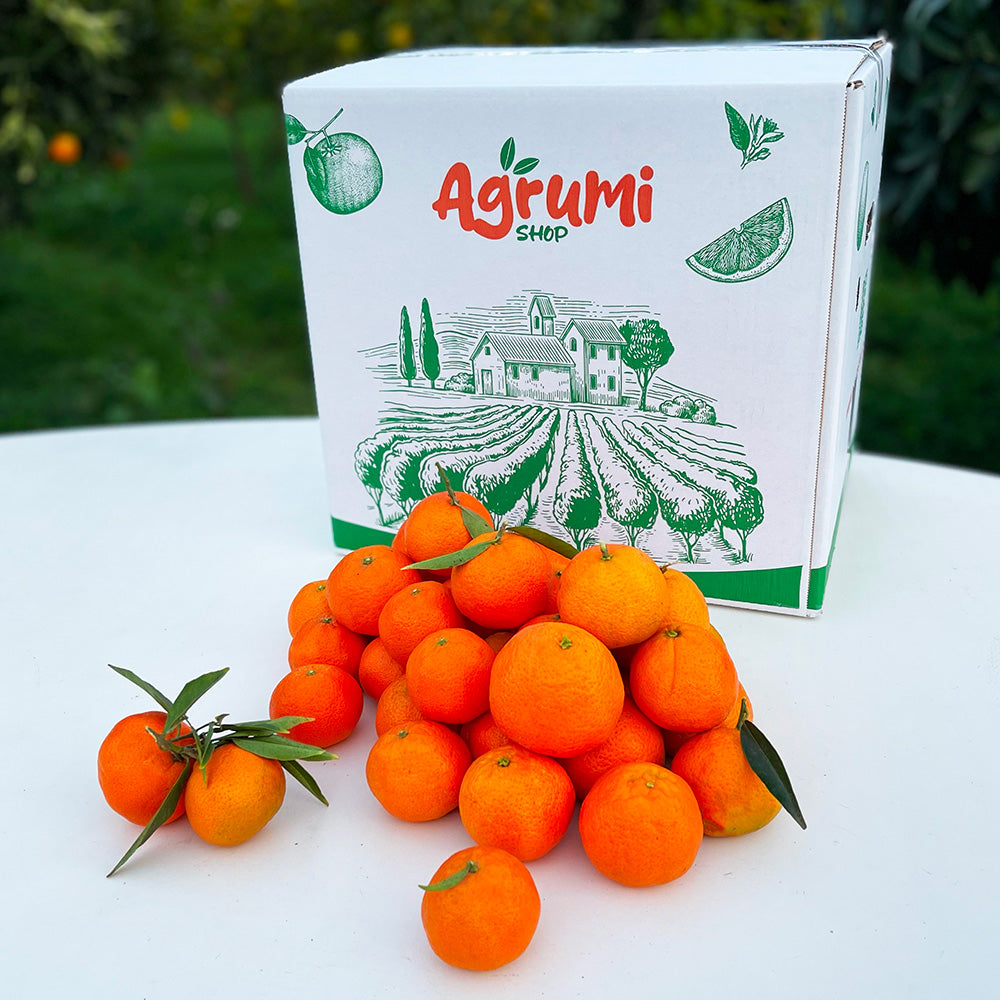Clementines
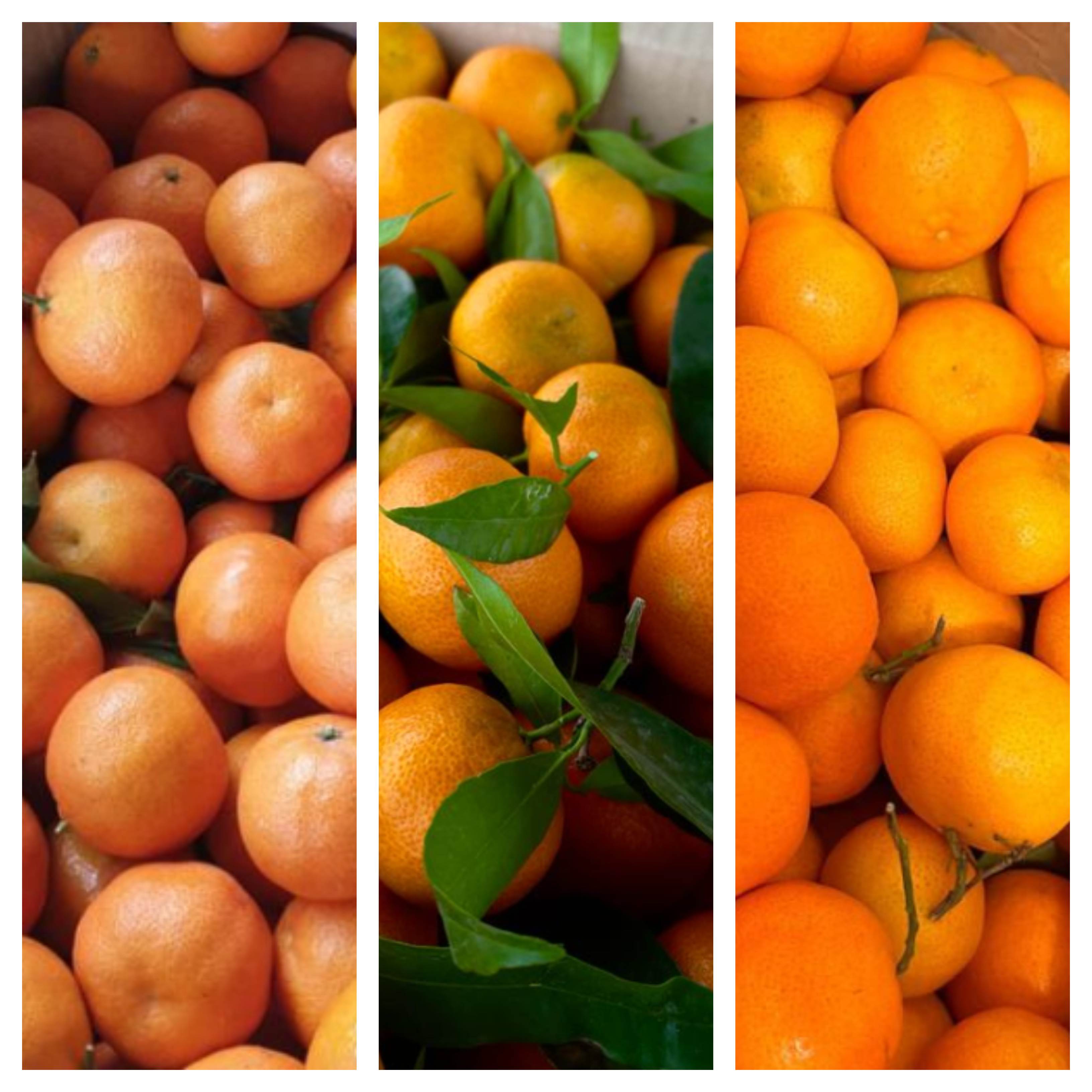
The clementine (Citrus × clementina) is a natural hybrid between the bitter orange and the mandarin. This combination has given rise to a fruit with unique characteristics: a thin, easy-to-peel rind, sweet, juicy flesh, and almost completely seedless.
Az. Agricola Salonna
Seedless Calabrian Clementines
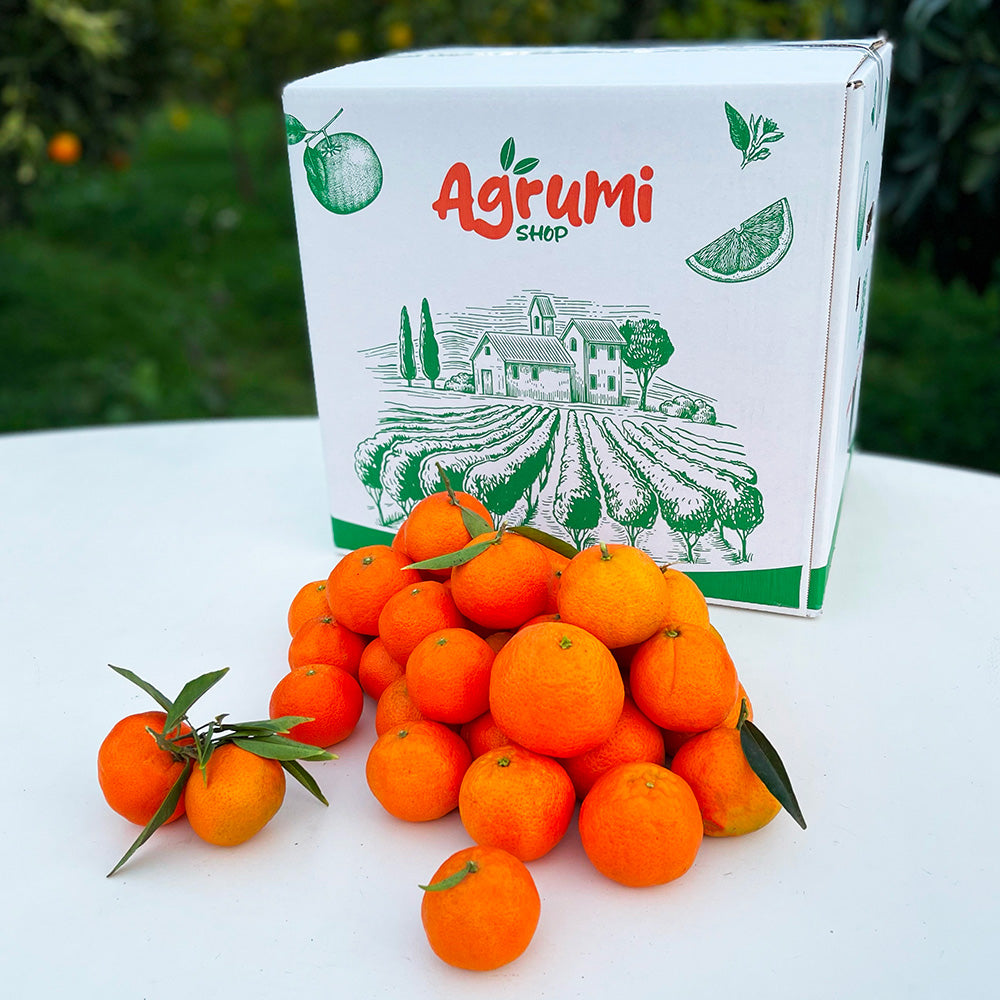
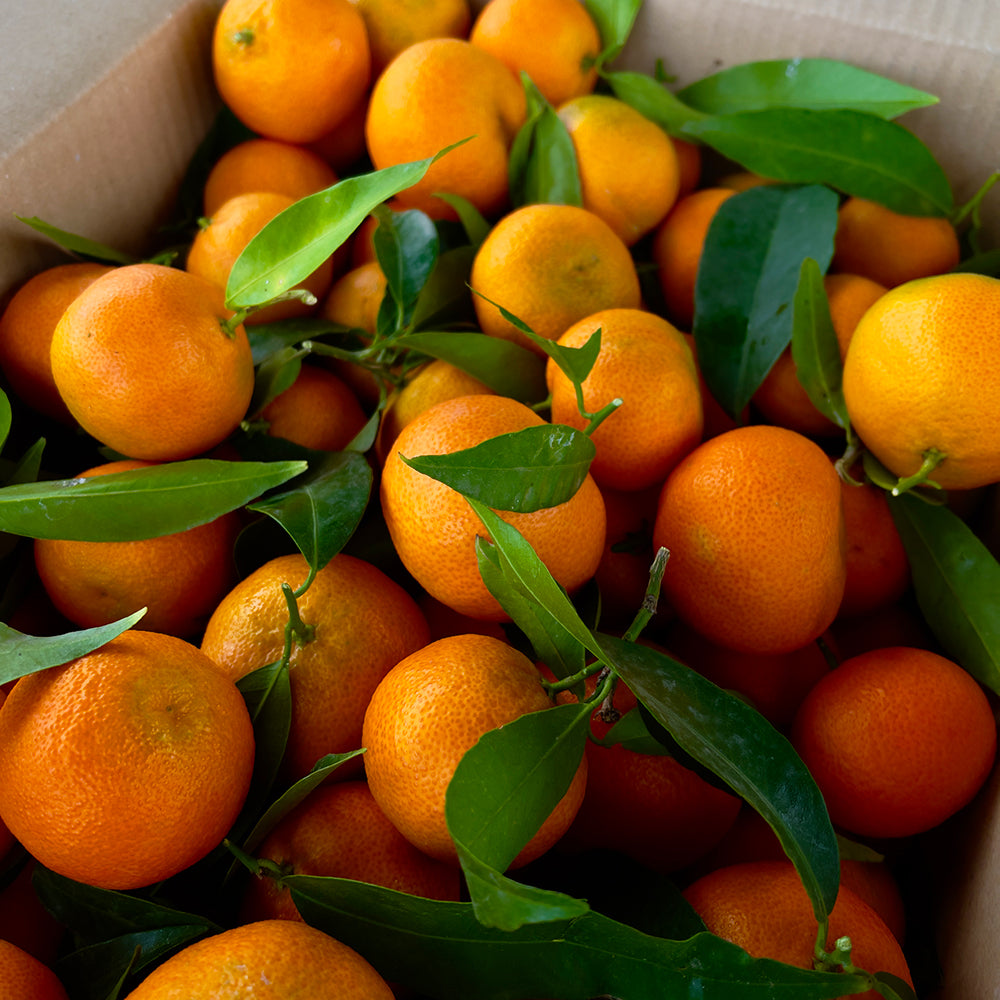
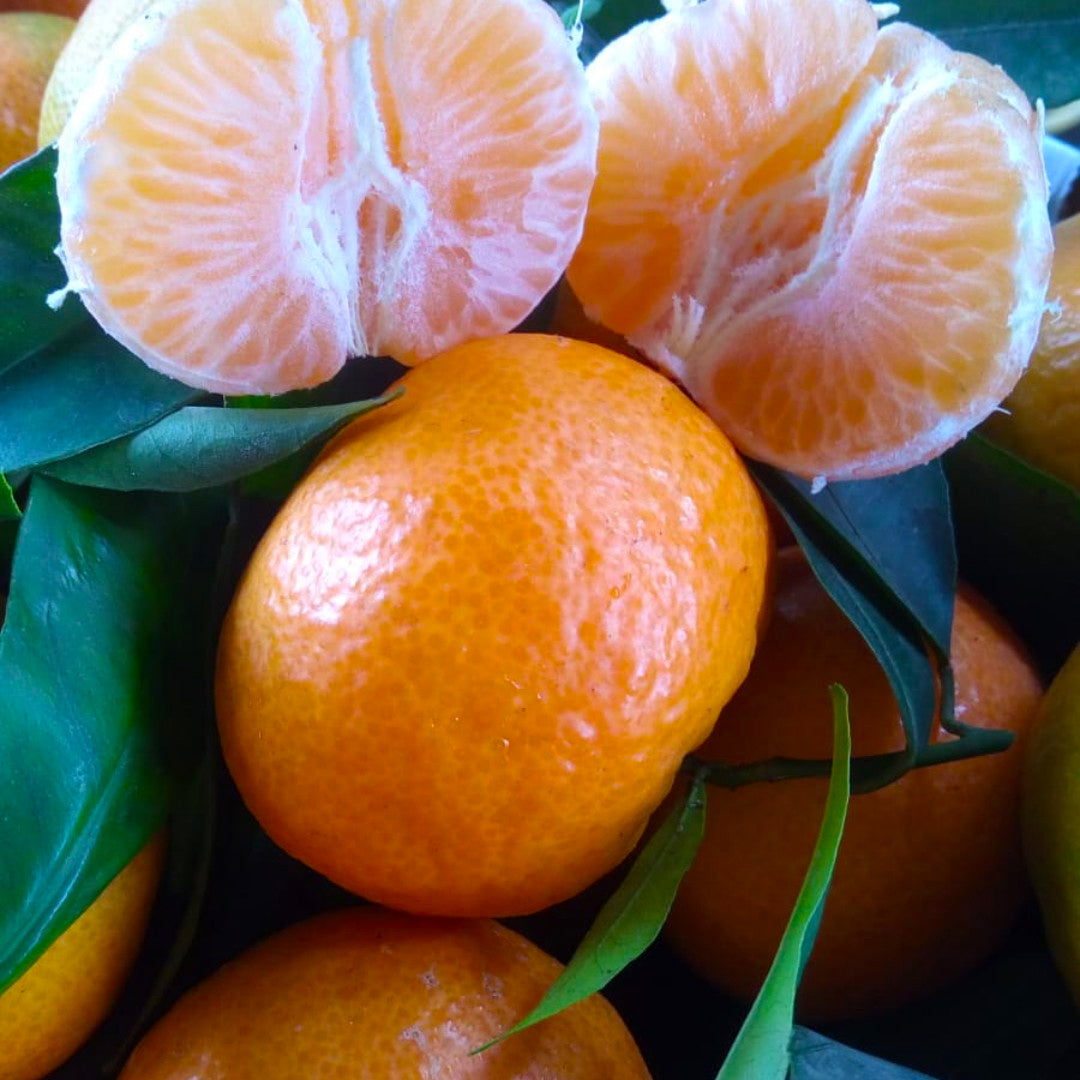
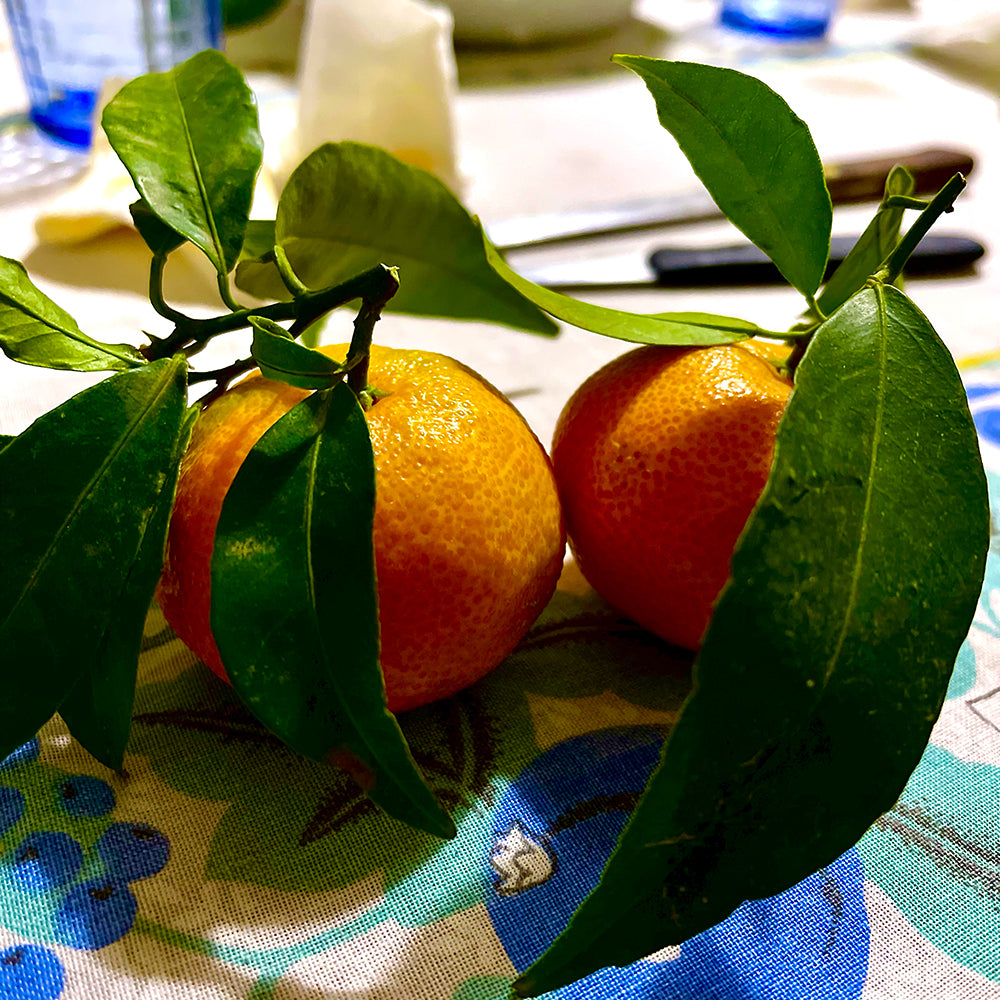
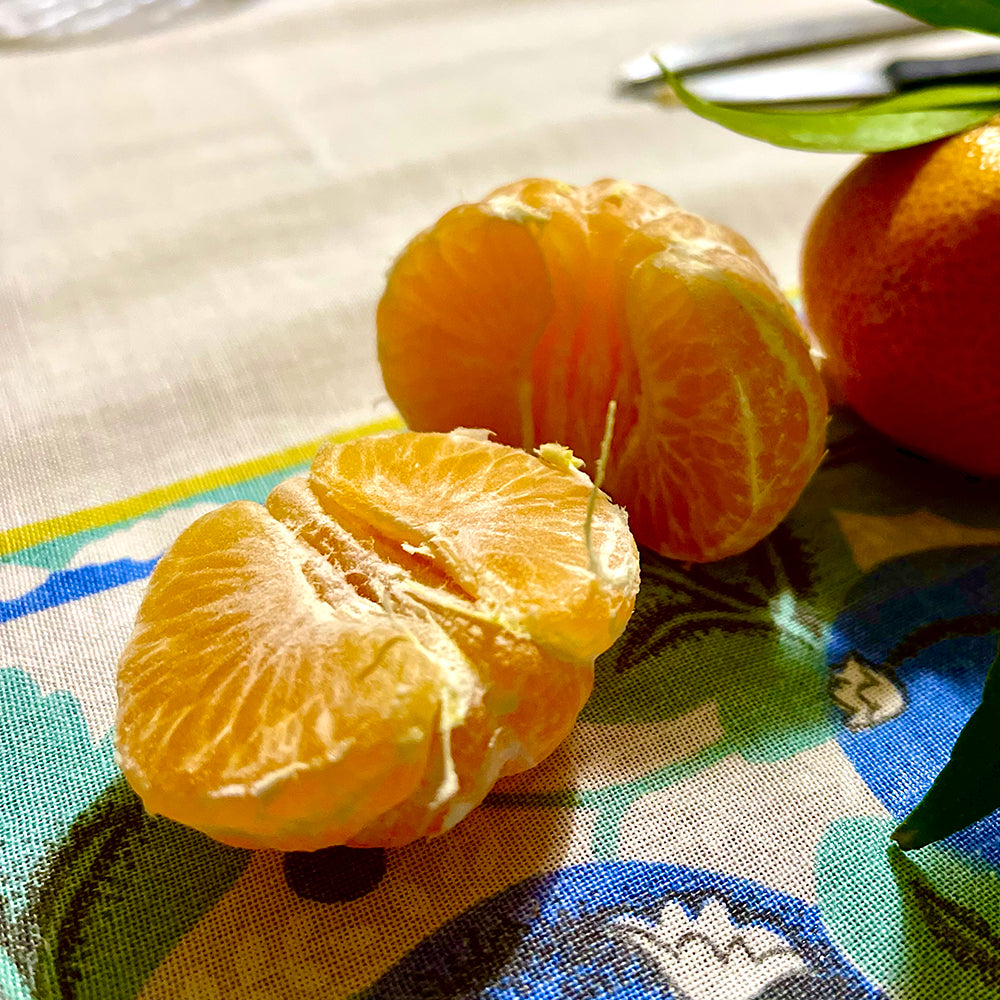
Why choose clementines?
- Source of vitamin Cessential for the immune system and for protecting cells from damage by free radicals.
- Rich in antioxidantsthey help fight cellular aging and protect the heart.
- Easy to digestperfect even for those with stomach problems.
- Versatile in the kitchenexcellent to eat fresh, ideal for preparing juices, fruit salads and desserts.
When to buy clementines?
The clementine season goes onfrom November to FebruaryIt is during this period that you will find the sweetest and juiciest clementines.
How to choose the perfect clementines?
Weightchoose heavy clementines for their weight: they are juicier.
Colorthe peel should be shiny and a nice orange color.
PerfumeRipe clementines give off an intense and inviting aroma.
History and origin of clementines
The precise origin of the clementine is still a matter of debate among historians today.
According to some sources, the first specimen of clementine was accidentally discovered by a French friar, Clément Rodier, in the garden of his orphanage in Algeria, around 1902.
Hence the fruit's name. Other theories maintain that the clementine had already been present in Asia for centuries and was introduced to Europe later.
How clementine trees are grown
Growing clementines requires a Mediterranean climate, with mild winters and hot summers.
Clementine trees are grown in rows, pruned regularly to promote the production of high-quality fruit. Harvesting is done by hand, generally between November and February, when the clementines reach peak ripeness.
From plant to table
Once harvested, the clementines are selected, washed, and packaged for distribution on the market.
There are several varieties of clementines, each with slightly different organoleptic characteristics. Some of the best-known varieties are the Common, the Nadorcott, and the Fortuna.
What are the benefits of eating clementines?
- High vitamin C contentThis vitamin is very important for strengthening the immune system, protects cells from damage by free radicals and aims to promote iron absorption.
- Presence of antioxidantsThe contents of clementines help to combat cellular aging and prevent various chronic diseases.
- Good source of fiberThe nutrients contained in clementines promote intestinal health and help keep blood cholesterol levels under control.
- MineralsClementines also provide a good amount of potassium, important for the proper functioning of the heart and muscles.
Need more reasons to choose clementines, or are you already decided? Now that you've made your choice, we want to give you some tips for using this wonderful fruit in the kitchen.
Clementines in the kitchen
The versatility of the clementine makes it a valuable ingredient in the kitchen. Besides being an excellent fruit to eat fresh, clementines are used to prepare:
- Juices and centrifugesTheir juice is rich in vitamin C and has a very refreshing sweet and sour taste.
- Jams and preservesPerfect for filling cakes and tarts, or for spreading on bread for breakfast.
- MacedoniasThey pair well with other fruits, such as apples, pears and kiwis.
- Savory dishesThey can be used to prepare sweet and sour sauces, to flavor white meats or to enrich salads.

